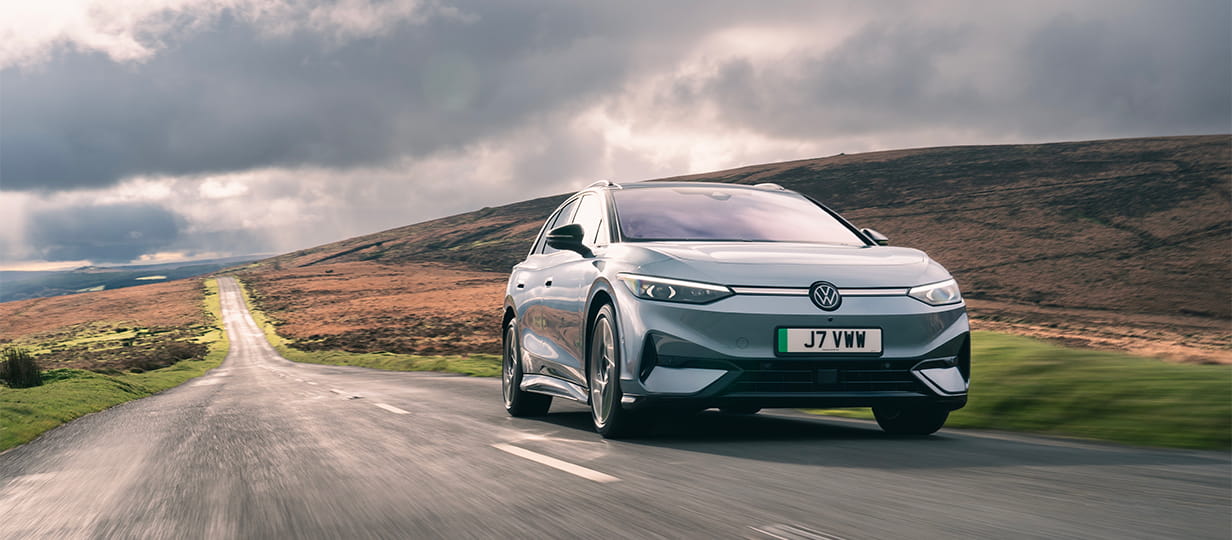Life
Inspirational experiences. Real life insights. The truly exceptional stories that spark a new way of thinking.

Why you’ve been playing Monopoly wrong for years
Surprising forgotten rules to the nation's favourite board games which may come in handy this Christmas.

The best electric cars for 2026
The EVs you should consider before the new electric vehicle road tax comes into force.

Being run ragged at Christmas? How to say no without causing festive friction

How to listen to a podcast
New to podcasts? Here’s our straightforward guide to finding them, playing them and enjoying them.

Susie Dent on words for Christmas
From “bauble-bearers“ to festive “wambling” our lexicographer has a host of words that capture the spirit of Christmas.

Brickipedia: the history of LEGO
Play our free daily puzzles
Beat the boredom and exercise your mind with our selection of free puzzles.

For a limited time, enjoy 3 issues of Saga Magazine for just £1. Receive the next 3 print editions delivered direct to your door, plus 3 months’ unlimited access to the Saga Magazine app—perfect for reading on the go.
Don’t miss your chance to experience award-winning content at an exceptional price.



